Our most recent Moveable Feast theme was Korean food inspired by YouTube and food blogger Maangchi. I chose to make her version of mandu which is very different from the mundoo I learned to make. Like with all traditional recipes I attribute this to regional and family differences. Whereas the dumplings I’ve made are deep fried, Maangchi’s dumplings are made pot sticker style.
One thing the two recipes have in common that I haven’t seen in other dumpling recipes is the addition of soft tofu. What I found was different in this recipe was the preparation of the filling. I’m used to throwing everything into a big bowl and mixing it together. Maangchi takes the time to treat each component before combining everything together.
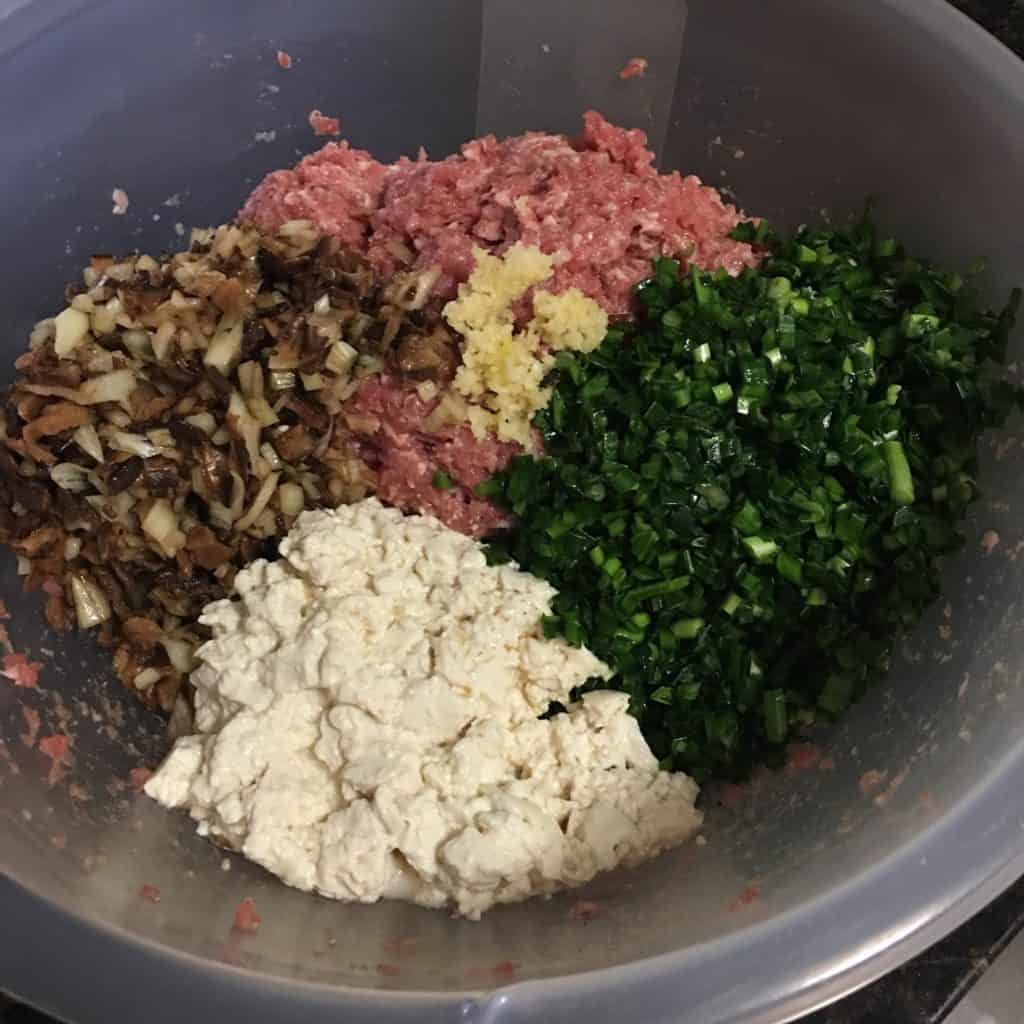
One of my main departures from her recipe is to use all pork instead of a mixture of pork and beef. This is my own personal preference. Maybe it’s my Chinese background but I feel that dumplings are made with pork.
I applied my dumpling ninja training in preparing the pork. Remembering how Chef Karen worked with the pork to break down the fat and create a binder, I applied the same technique to the mandu filling.
I further applied my training in folding the dumplings. For the pan fried dumplings I kept them in a pleated half-moon shape to allow more cooking surface – better fried texture for the wrapper and faster, thorough cooking of the filling.
For dumplings for soup I made little boats or hats (or as we called it in class, butts). I like the compact shape in soup and when cooked in boiling broth, the filling cooks through.
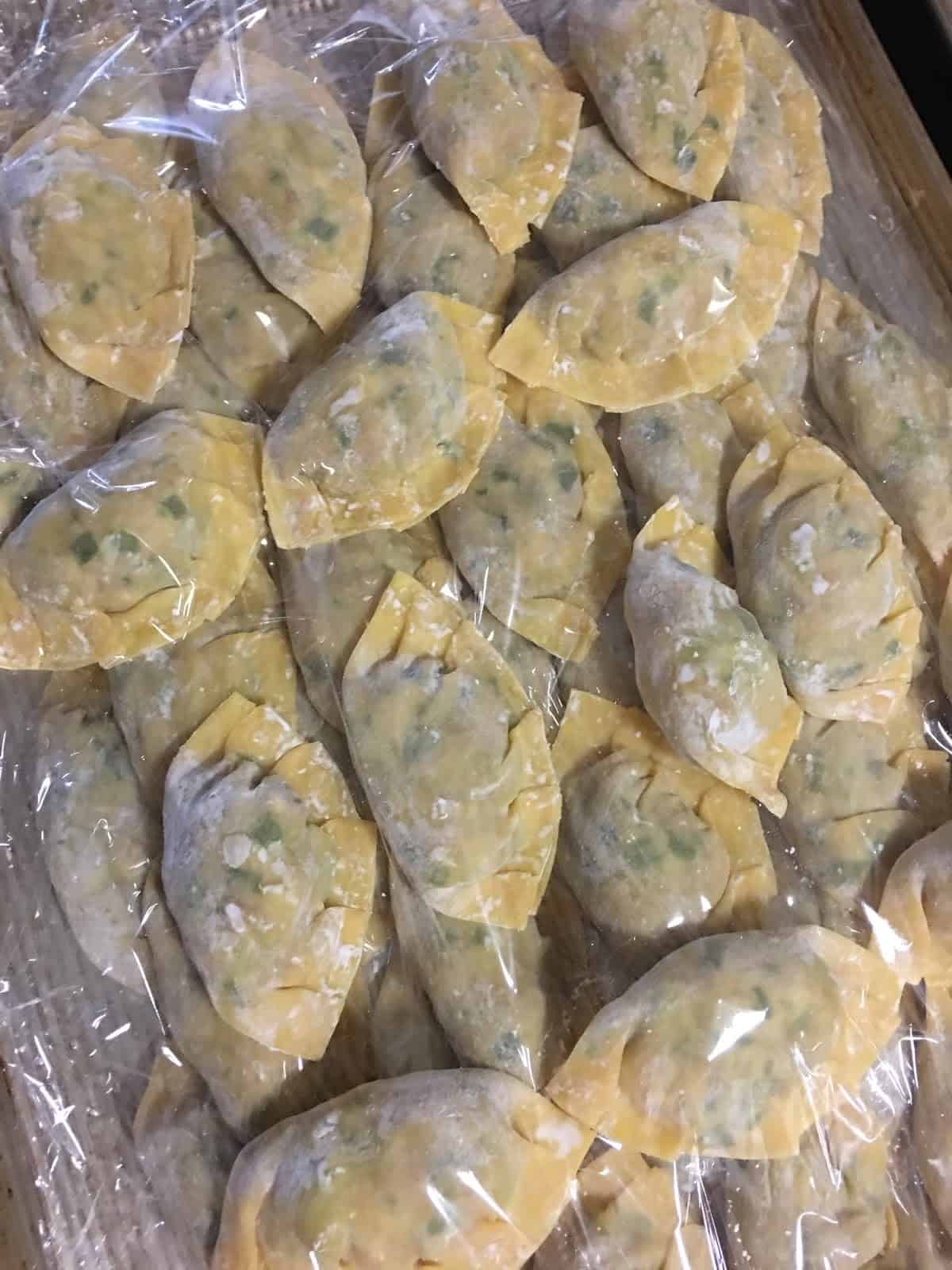
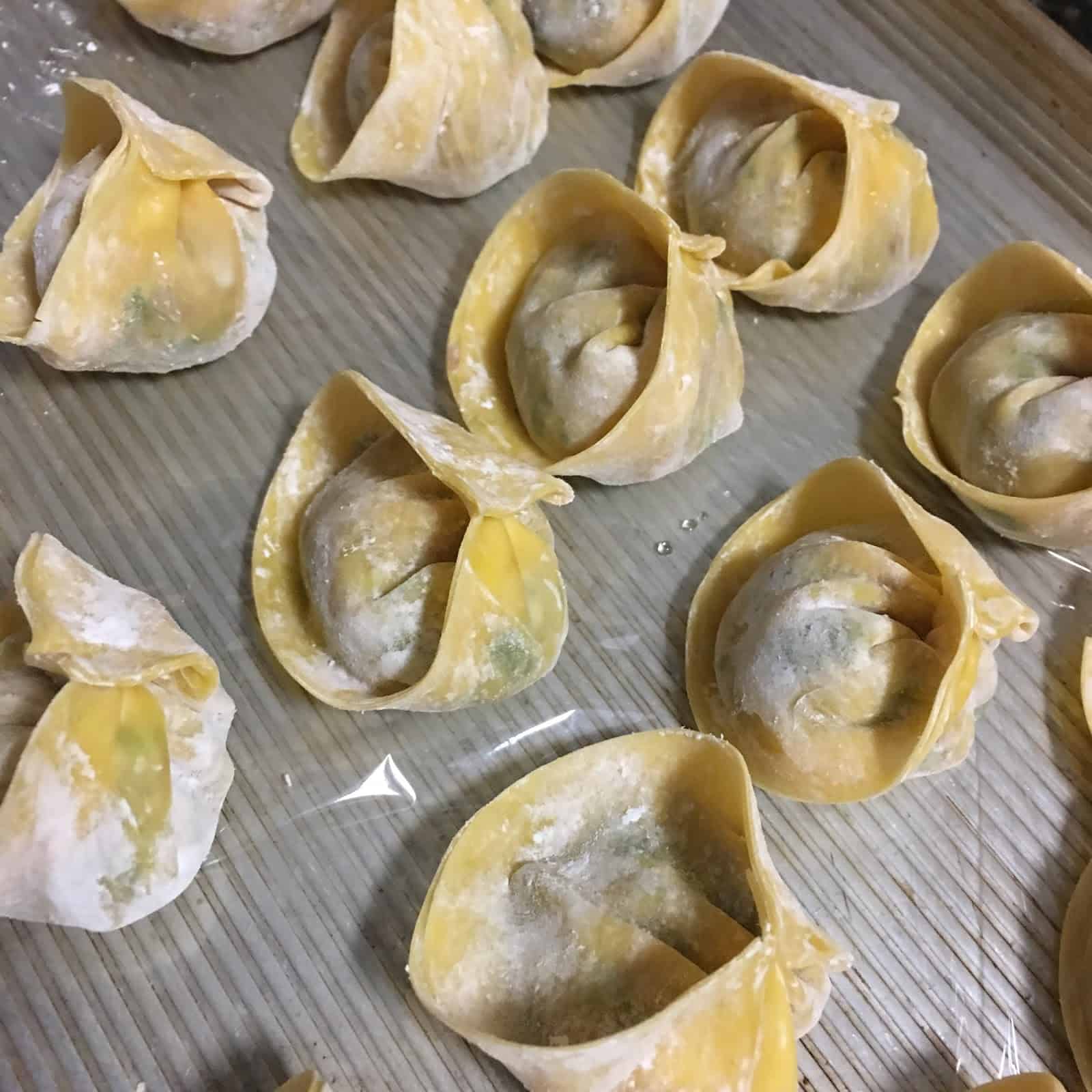
This recipe makes close to 90 dumplings depending on how much filling you use in each dumpling. I placed the tray of soup mandu in the freezer and once they were frozen through I put them into a freezer bag to use at a later time.
I made most of the pan fried mandu for Moveable Feast, cooking them in batches. I used a large nonstick frying pan that held about a dozen at a time.
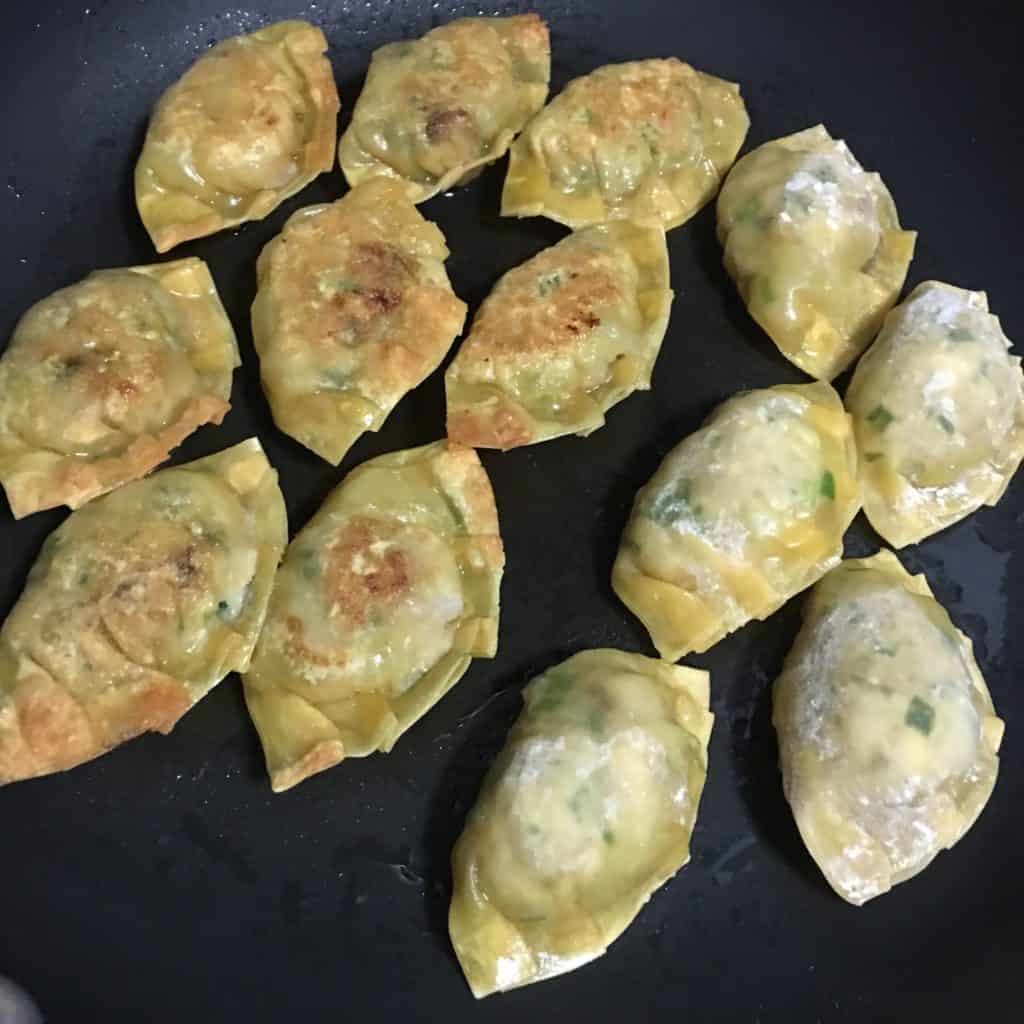
I think the mandu taste best if you can serve them hot out of the pan but they tasted just as good when we ate them at Moveable Feast an hour or so later.
So thanks to Maangchi I have a new version of mandu (or mundoo) and I enjoy both. Who doesn’t love a dumpling? To learn more about Maangchi, check out this New York Times article.
Some of the dishes from our Moveable Feast
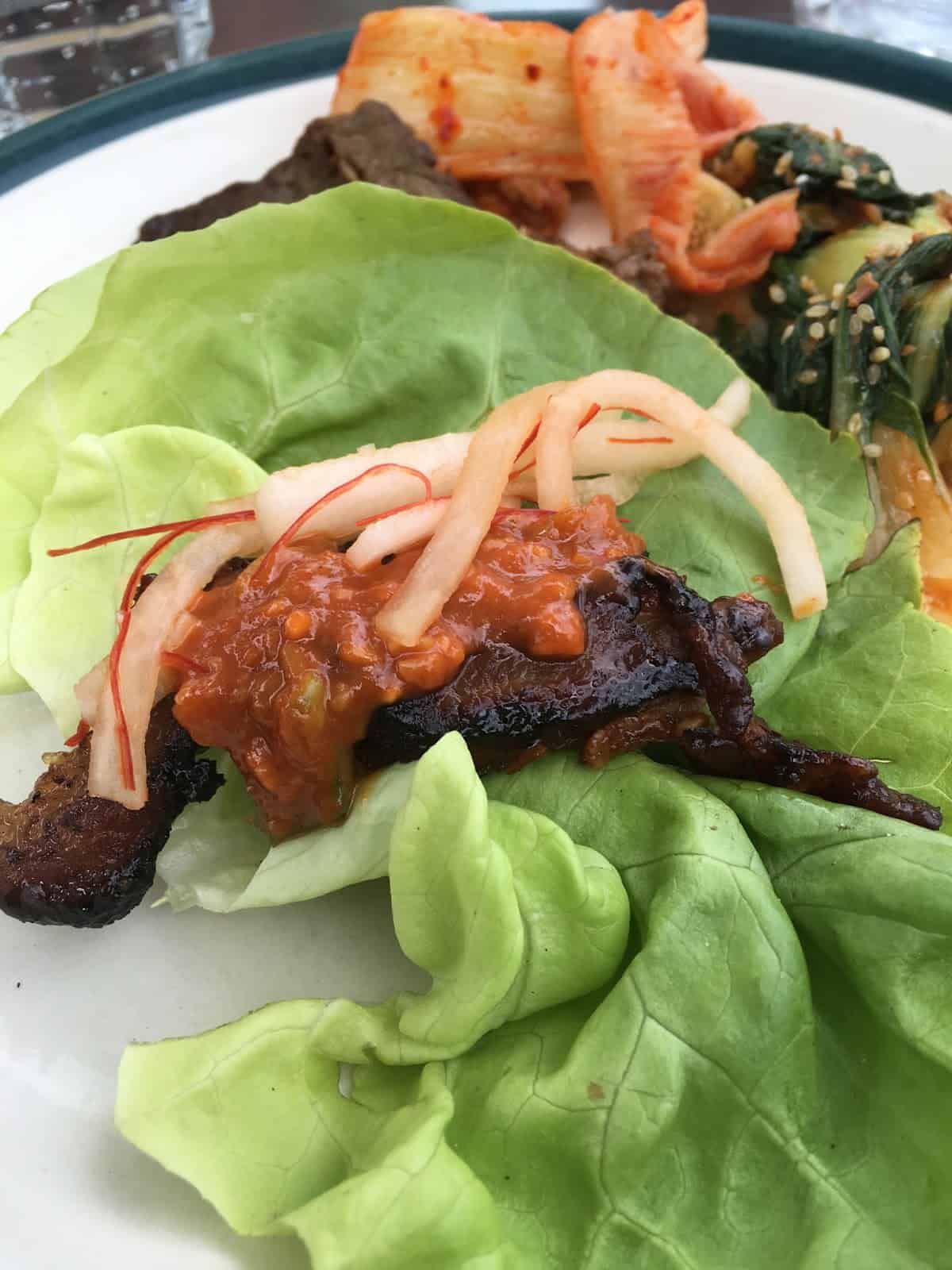
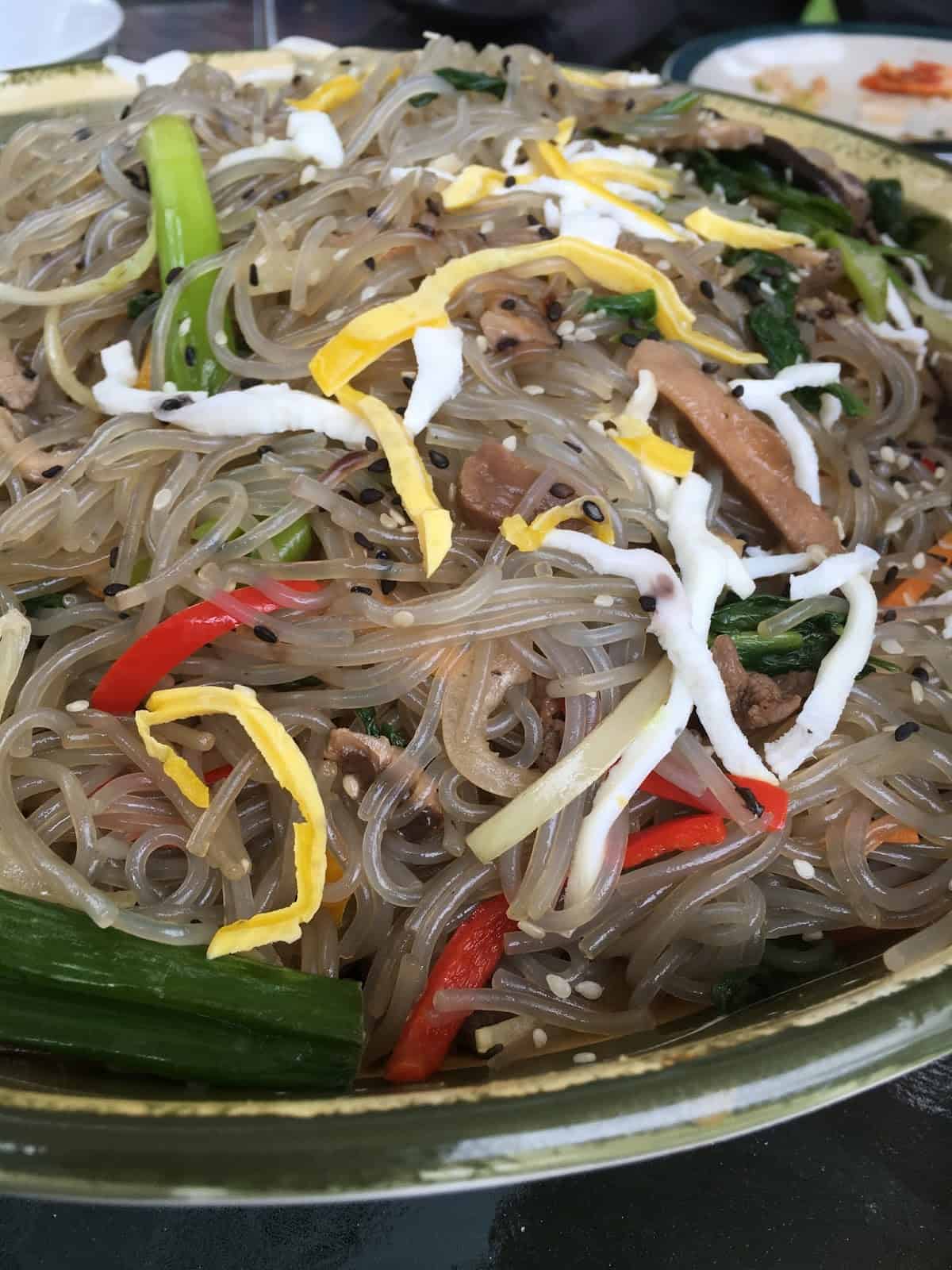
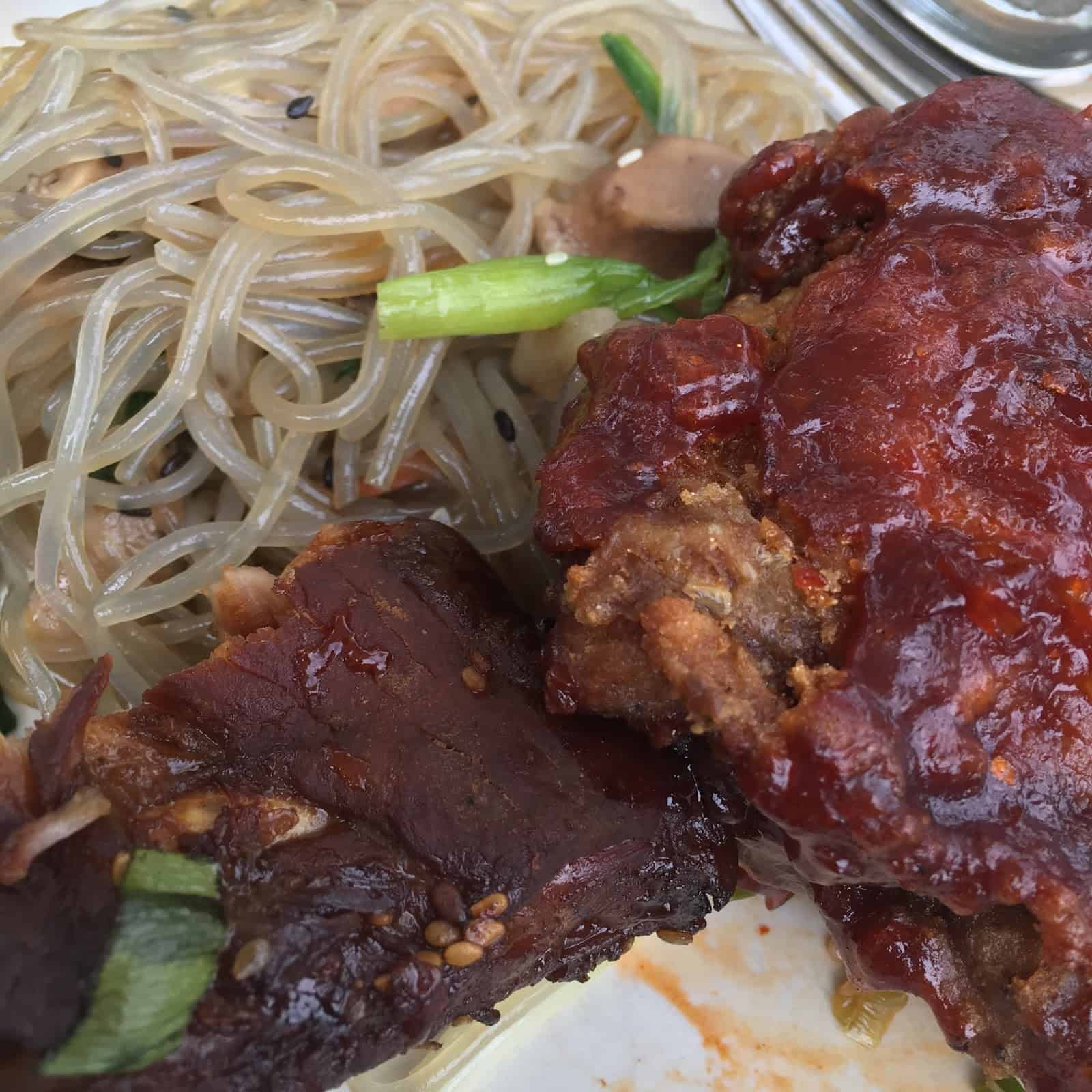
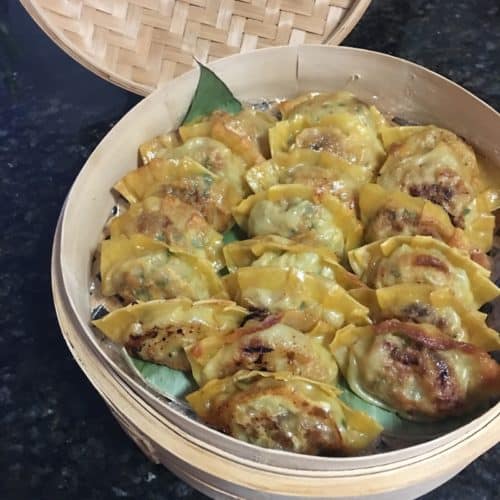
Pan Fried Mandu
- Total Time: 1 hour, 20 minutes
- Yield: 90 1x
Description
modified slightly from Maangchi.com
Ingredients
2 pounds ground pork
2 2/3 cups of chopped garlic chives (Asian chives or buchu), chopped
8 dried Shiitake mushrooms, soaked in boiling water to rehydrate then chopped
1 small onion, chopped
3/4 package soft tofu, drained
4 cloves garlic, minced
Salt
Ground pepper
Sesame oil
Soy sauce
Sugar
Round mandu or wonton skins
Instructions
To make the filling
Prepare the pork: Place ground pork in a large bowl. Add 1¼ teaspoons salt, 4 teaspoons of sesame oil, and ¾ teaspoon black pepper. Mix by hand to incorporate the seasonings and breakdown the fat in the pork. Push to one side of the bowl.
Prepare the garlic chives: When preparing the garlic chives, wash (I soak it in a large bowl of water to get all the grit) and dry well before chopping. Place the chives in a small bowl and add about a tablespoon of vegetable oil and mix by hand. (As Maangchi says, the oil coats the chives so they retain their moisture). Place it in the big bowl next to the pork.
Prepare the remaining vegetables: In a small bowl add the chopped shiitake mushrooms and onion. Add 1 teaspoon sugar, 1 teaspoon soy sauce, and 2 teaspoons sesame oil. Mix by hand and add to the big bowl along with the minced garlic.
Prepare the tofu: Squeeze the drained tofu to remove as much moisture as possible. Add to a small bowl along with a pinch of salt and 1 teaspoon sesame oil. Add to the big bowl next to the chives and vegetables.
Mix the ingredients by hand.
To form the dumplings
Note while making the dumplings, keep the skins and the formed dumplings covered with plastic wrap to keep them from drying out.
Put some filling into the center of a mandu skin (do not overfill).
Use your fingertips to apply a little cold water to one half of the wrapper edge.
Fold the wrapper over and press the edges together, gently pressing out the air.
For pan friend mandu – pleat the edges. You may need a little extra water to make the pleats hold their shape.
For mandu for soup – take the end points of the half moon and stick together to form little hats or boats.
Note: once you make the dumplings you need to cook or freeze them right away. The wrapper will absorb moisture from the filling and will be difficult to work with and will likely tear and break. If you want to get a head start, make the filling and refrigerate it until you’re ready to make the mandu.
For pan fried mandu
Heat a pan and add some vegetable oil.
Place mandu in pan, do not over crowd, and turn down the heat to medium low.
When lightly browned on one side, 3-4 minutes, flip over and brown the other side, 1-2 minutes.
Add 3-4 tablespoons of water to the pan and cover. Cook a few minutes more until the water is absorbed and the mandu are golden brown.
Transfer to a plate and serve with your favorite dipping sauce*
For soup mandu
Use in your favorite soup or ramen, cooking for 5-6 minutes to cook the filling through (you may need a little more time if you’re cooking from frozen)
Notes
*I make a simple sauce of soy sauce, garlic chili paste, chopped green onions, and sesame oil
- Prep Time: 1 hour
- Cook Time: 20 minutes
- Category: Dumplings
- Cuisine: Korean
Nutrition
- Calories: 43.55
- Sugar: 0.16 g.
- Sodium: 27.76 mg.
- Fat: 2.54 g.
- Saturated Fat: 0.86 g.
- Carbohydrates: 1.92 g.
- Fiber: 0.19 g.
- Protein: 3.36 g.
- Cholesterol: 9.69 g.
Keywords: fried, soup, Korean, Maangchi

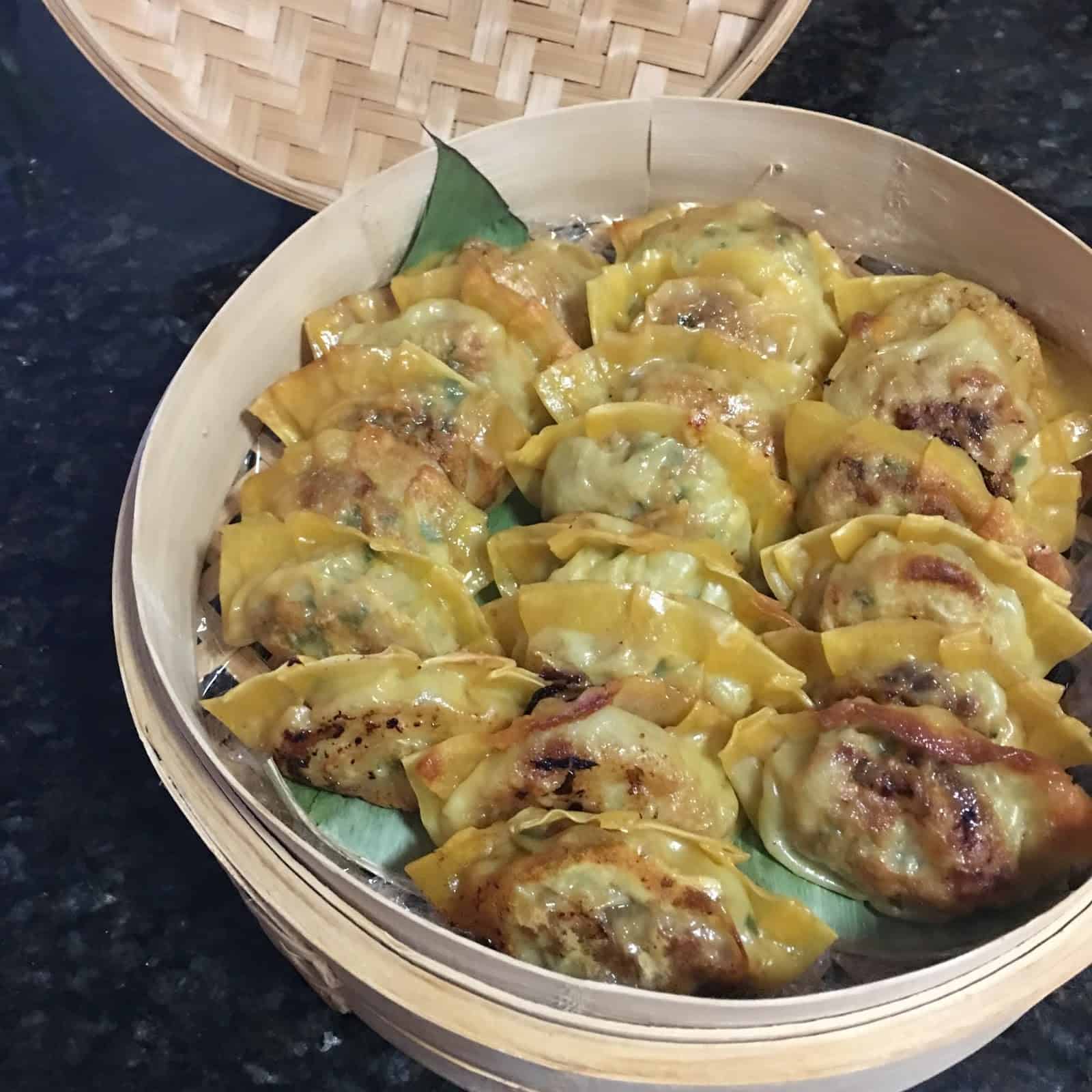
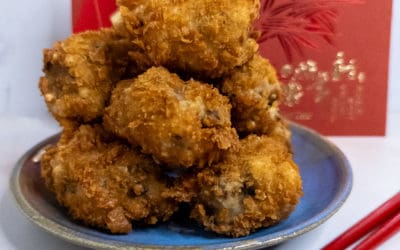
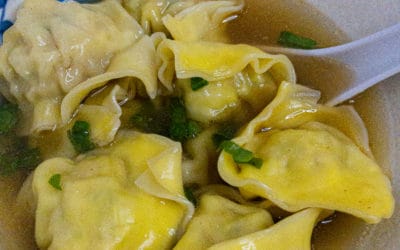
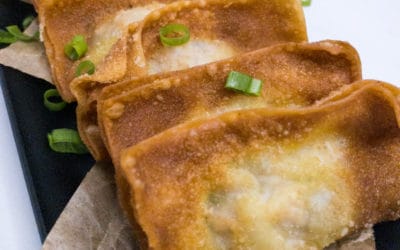
0 Comments